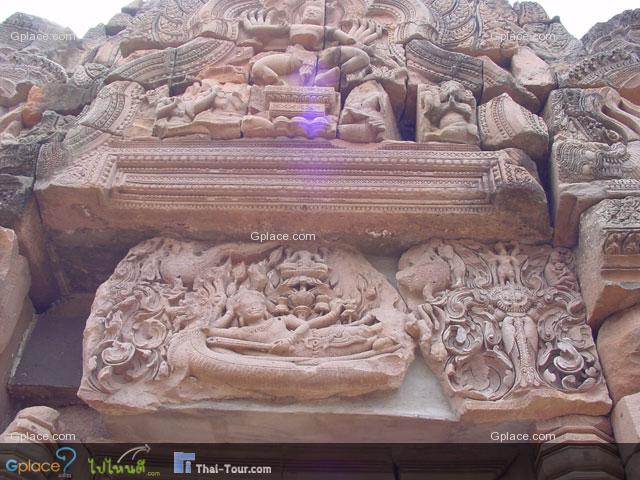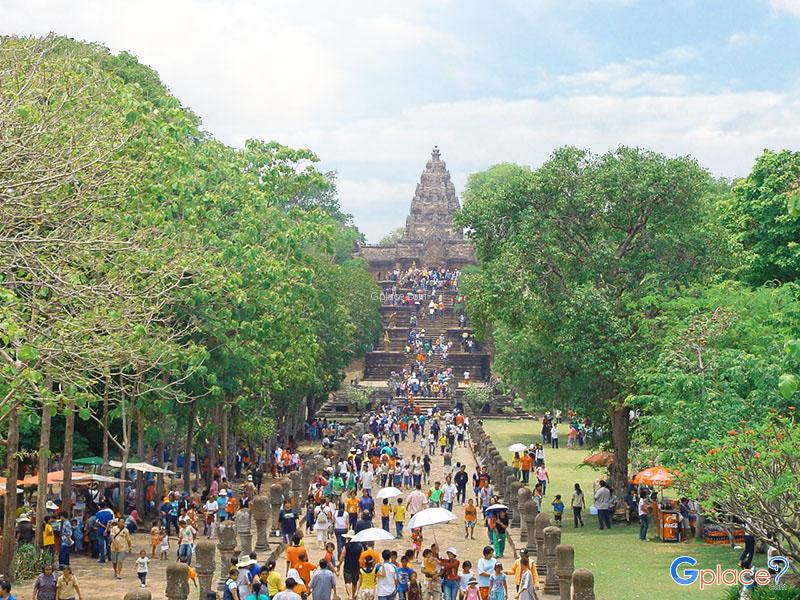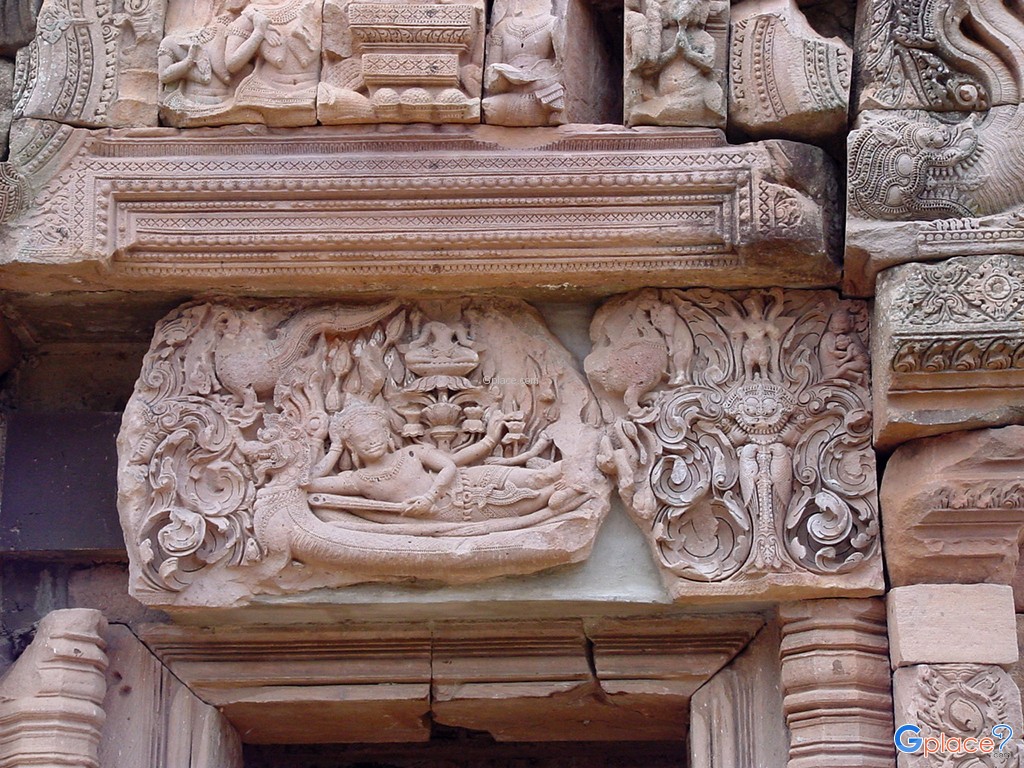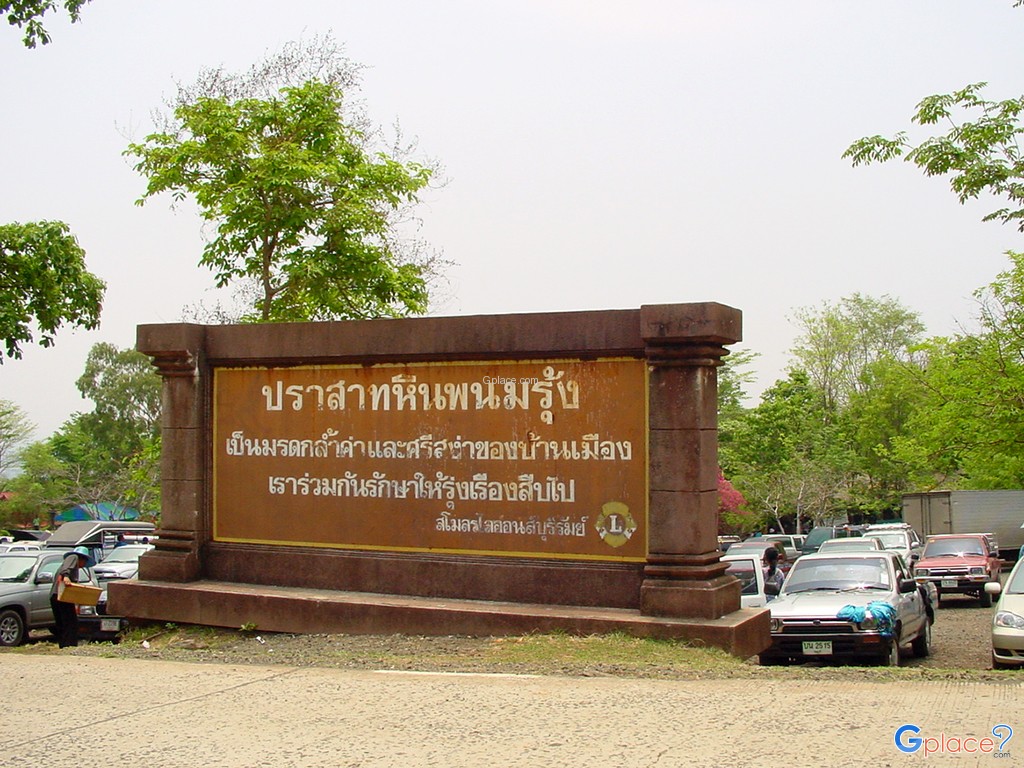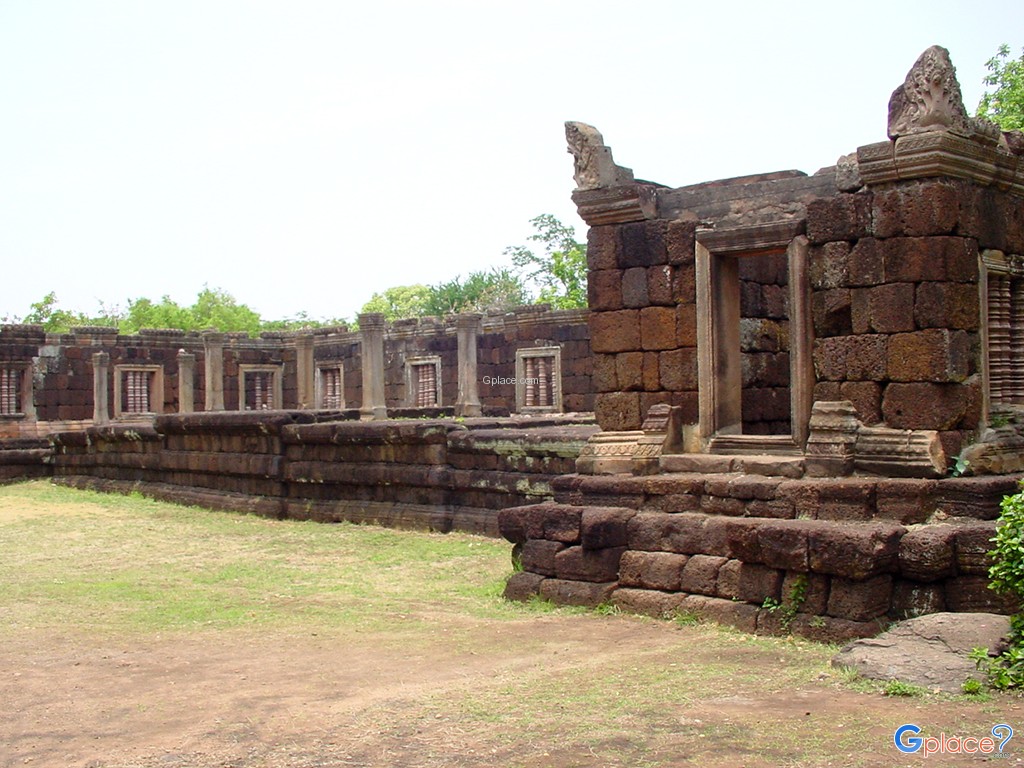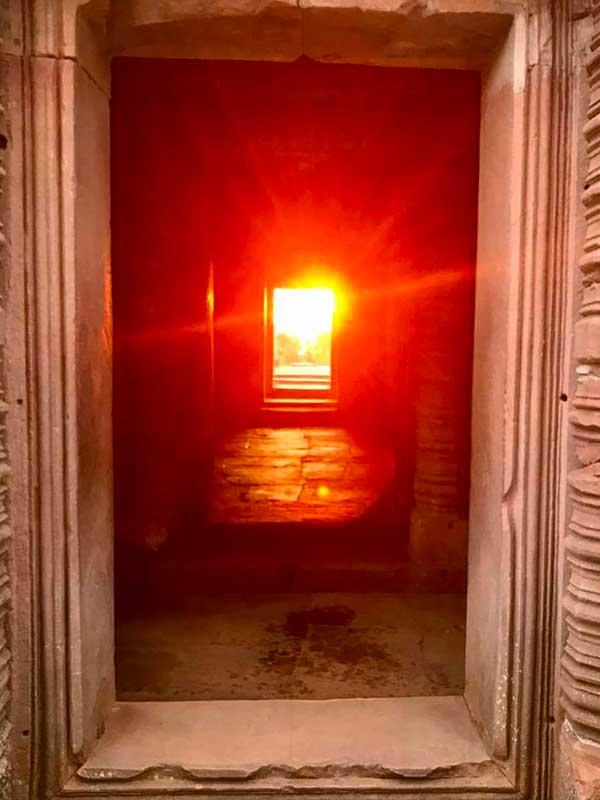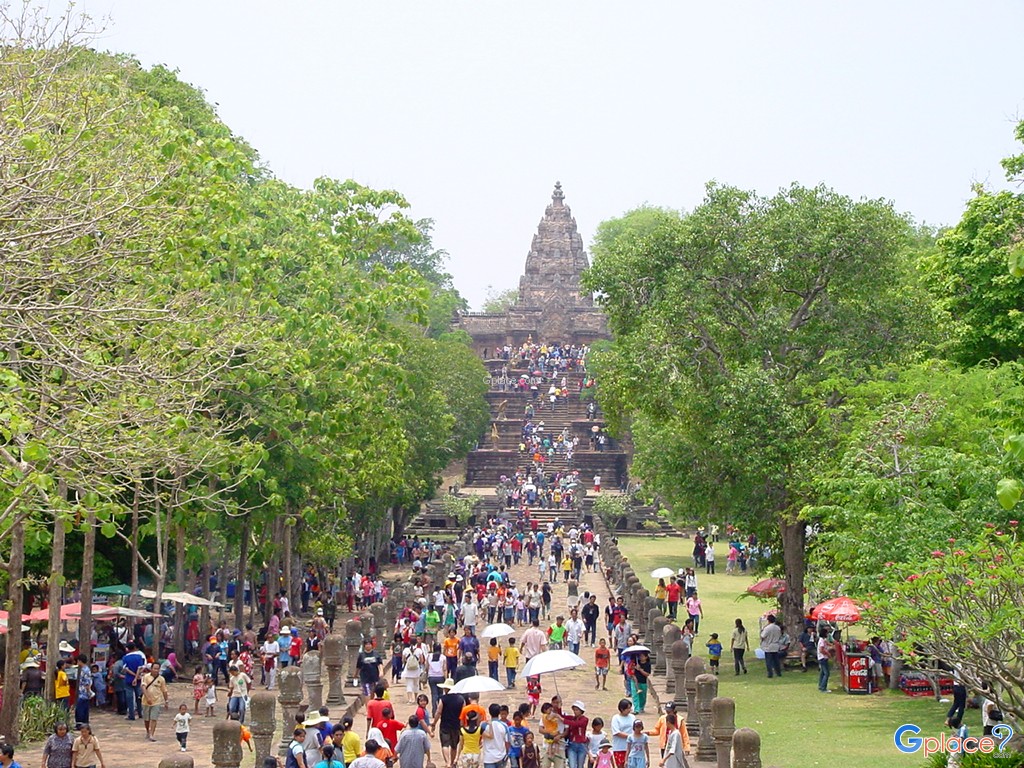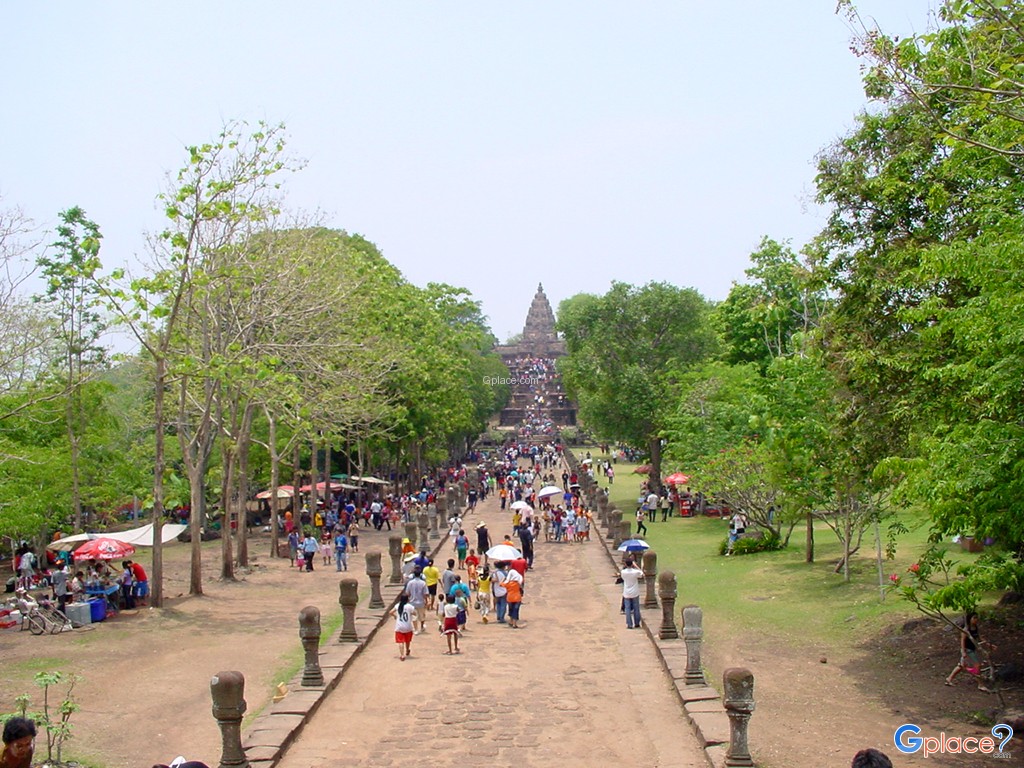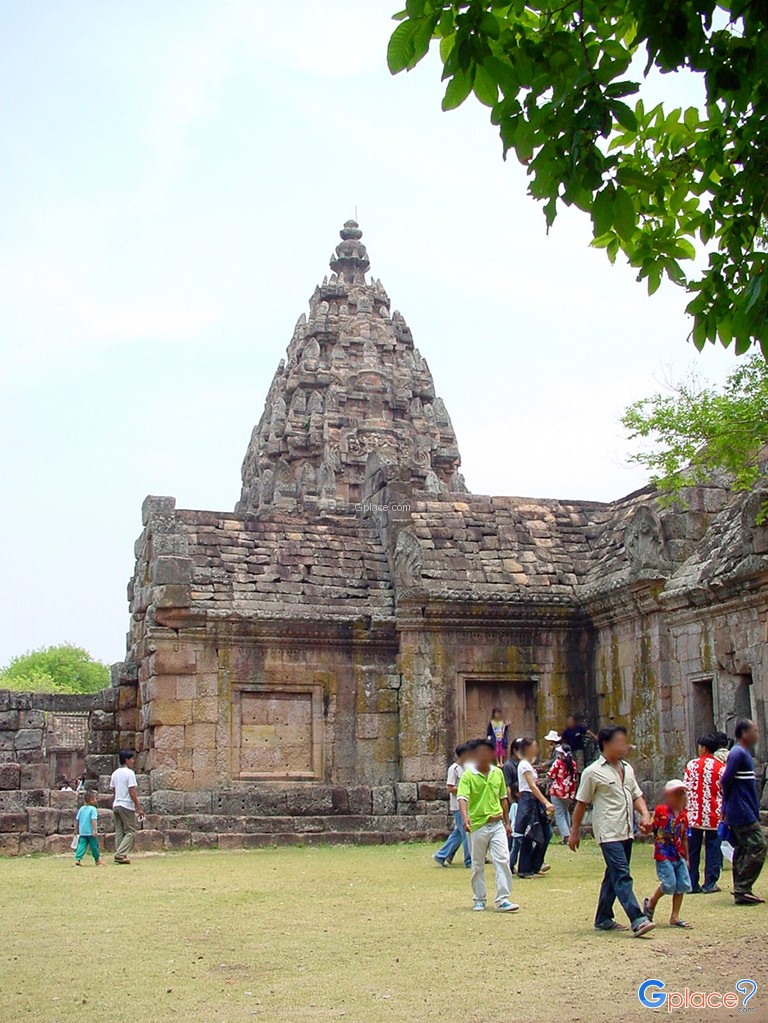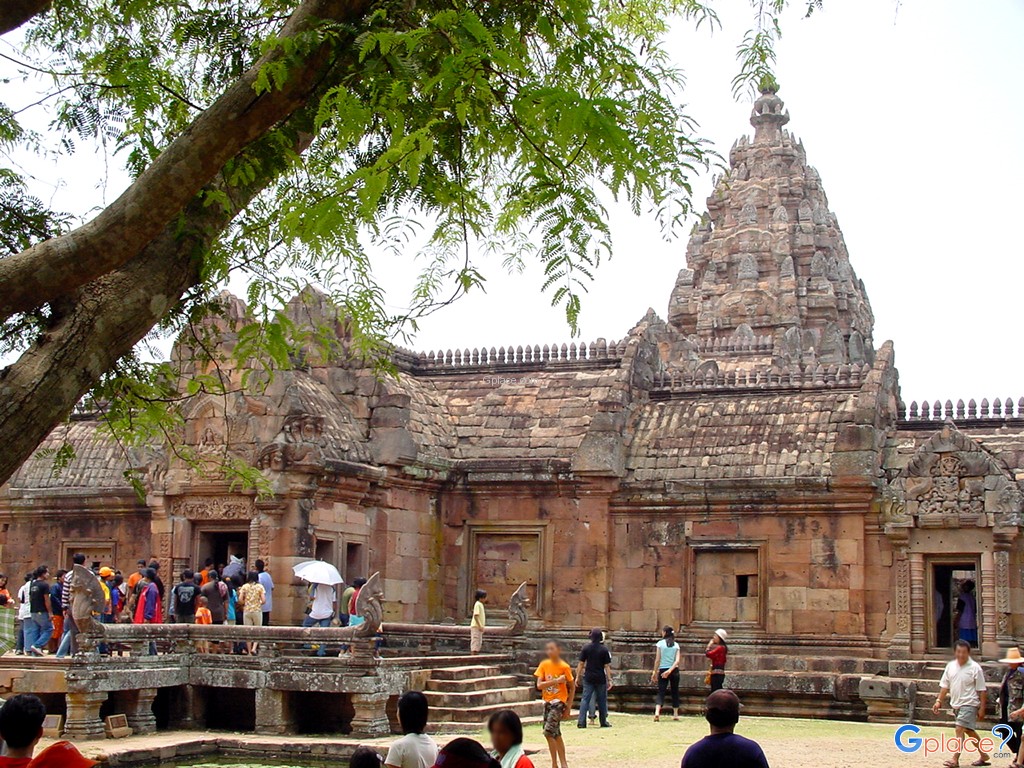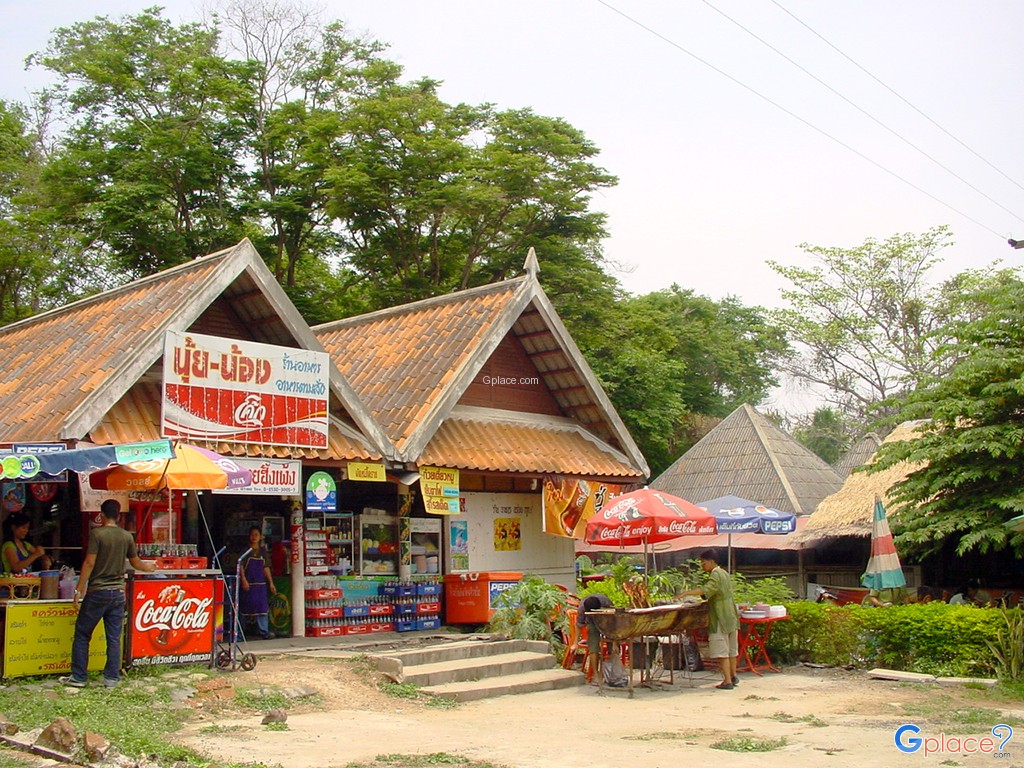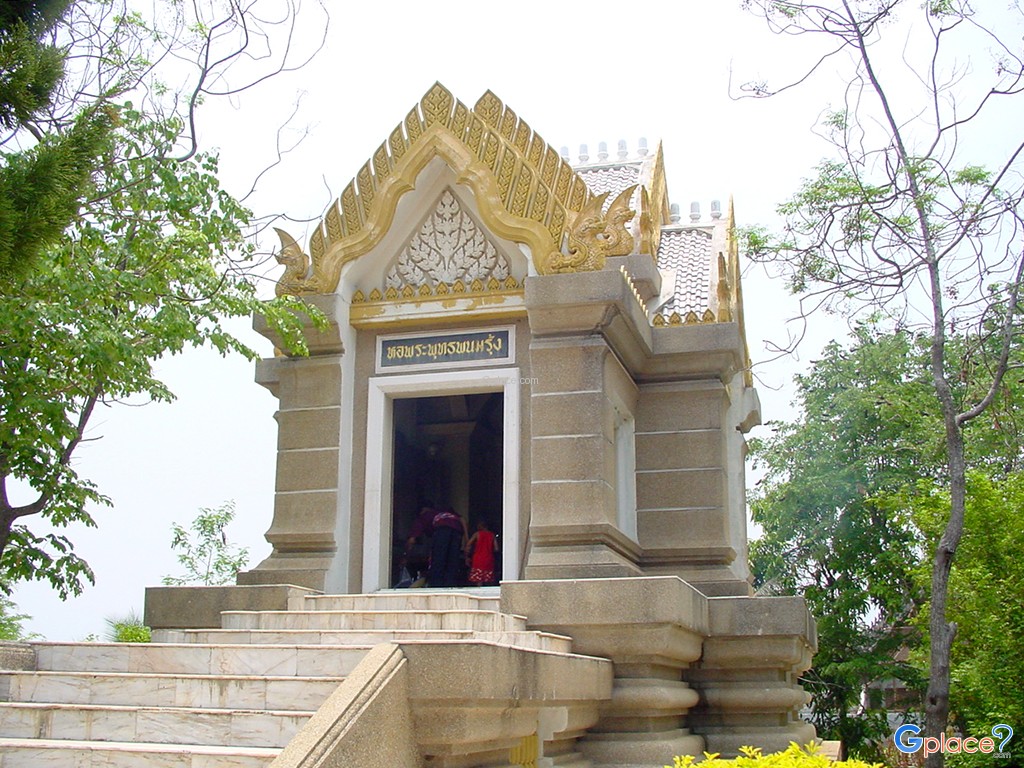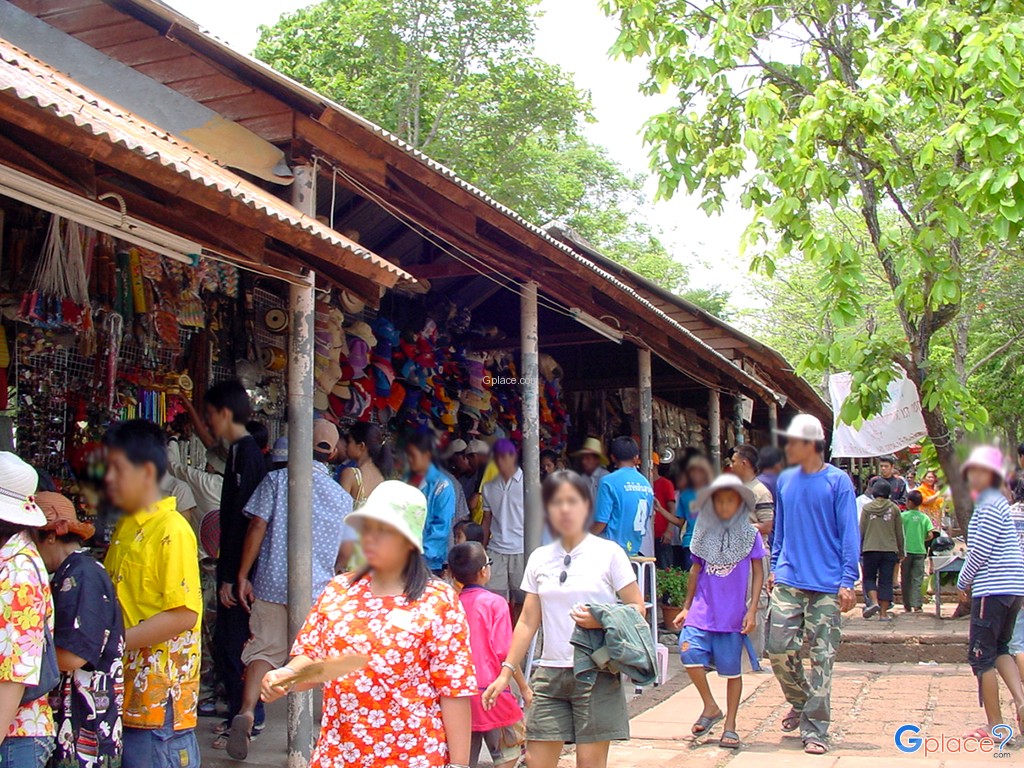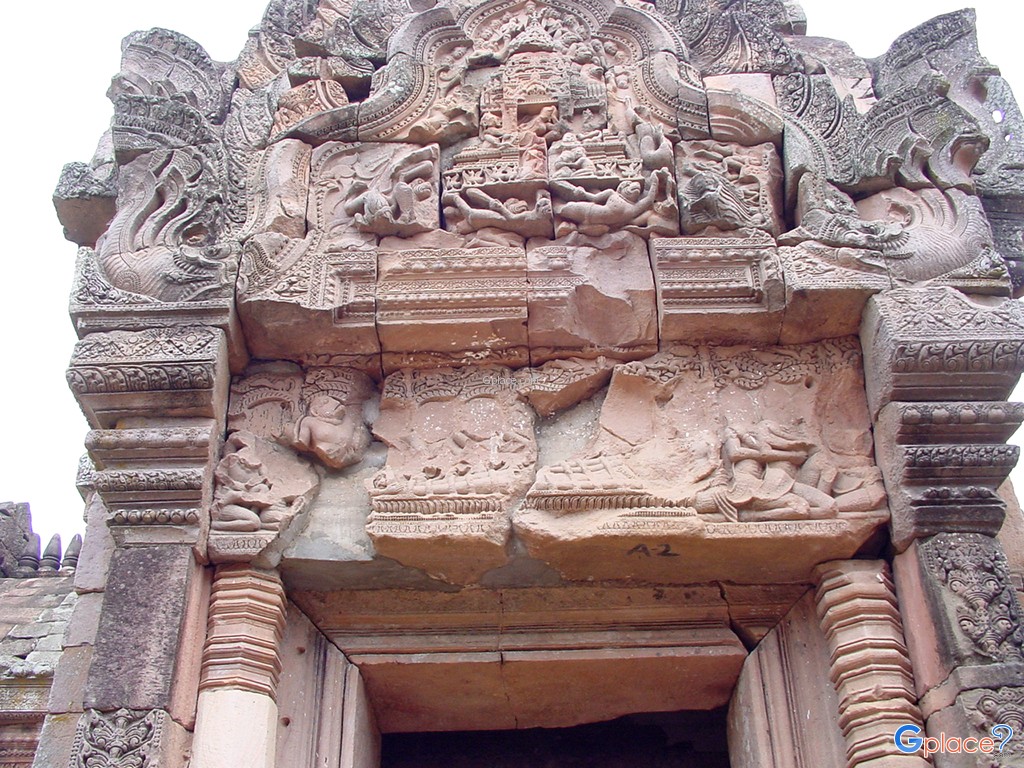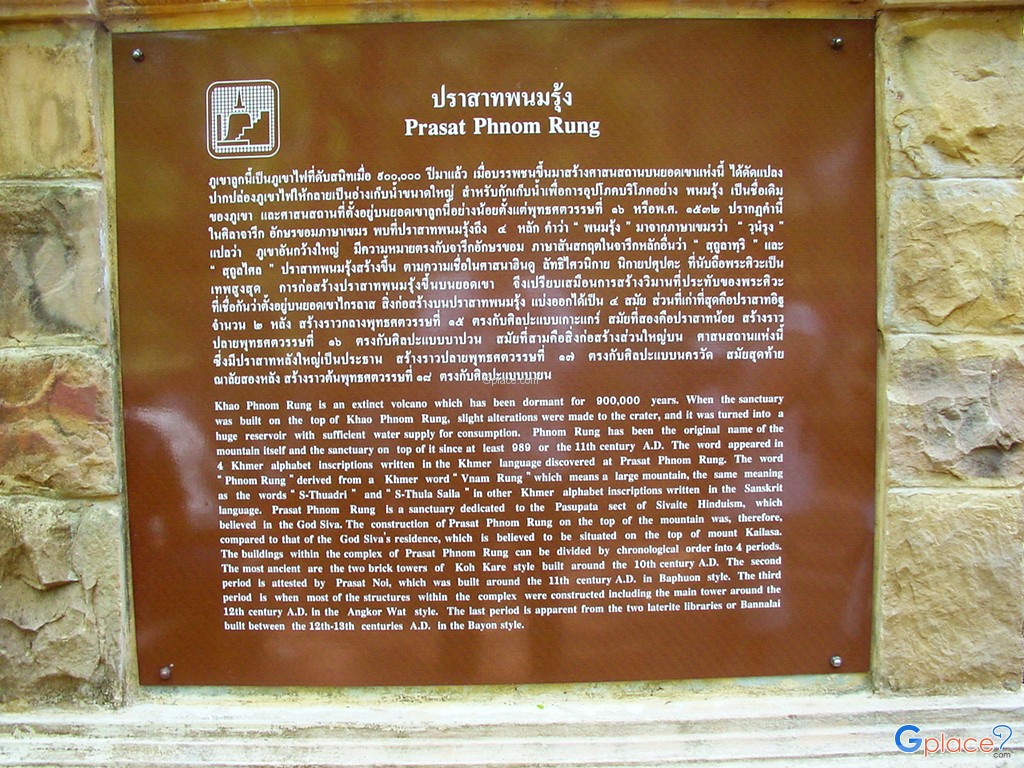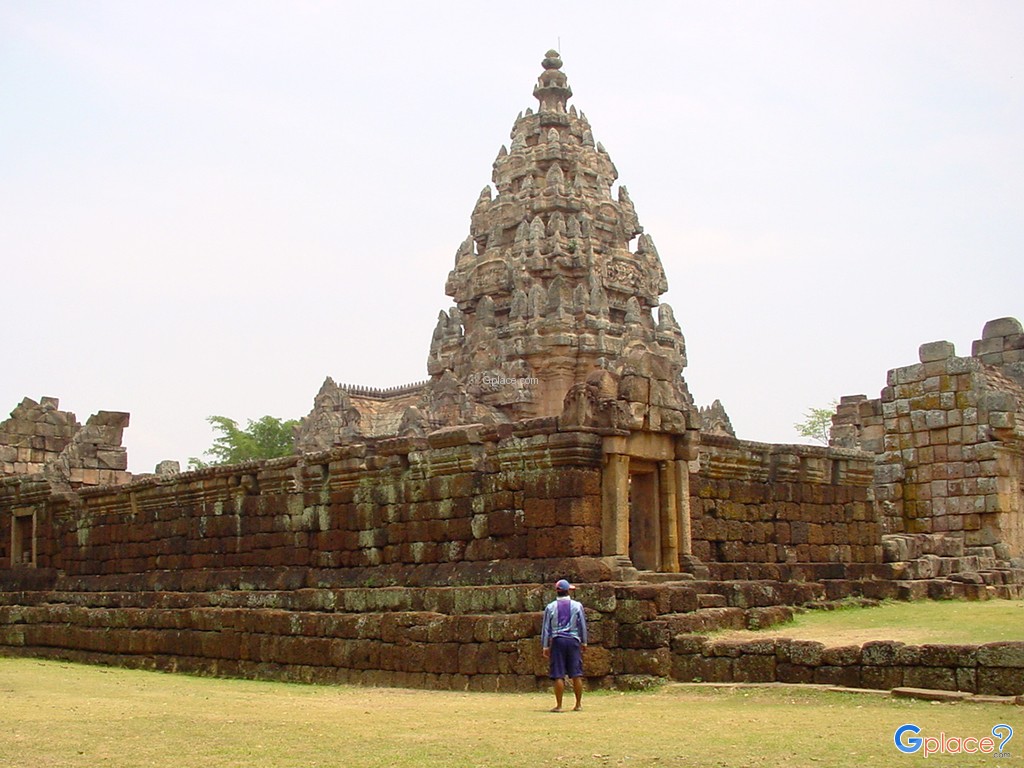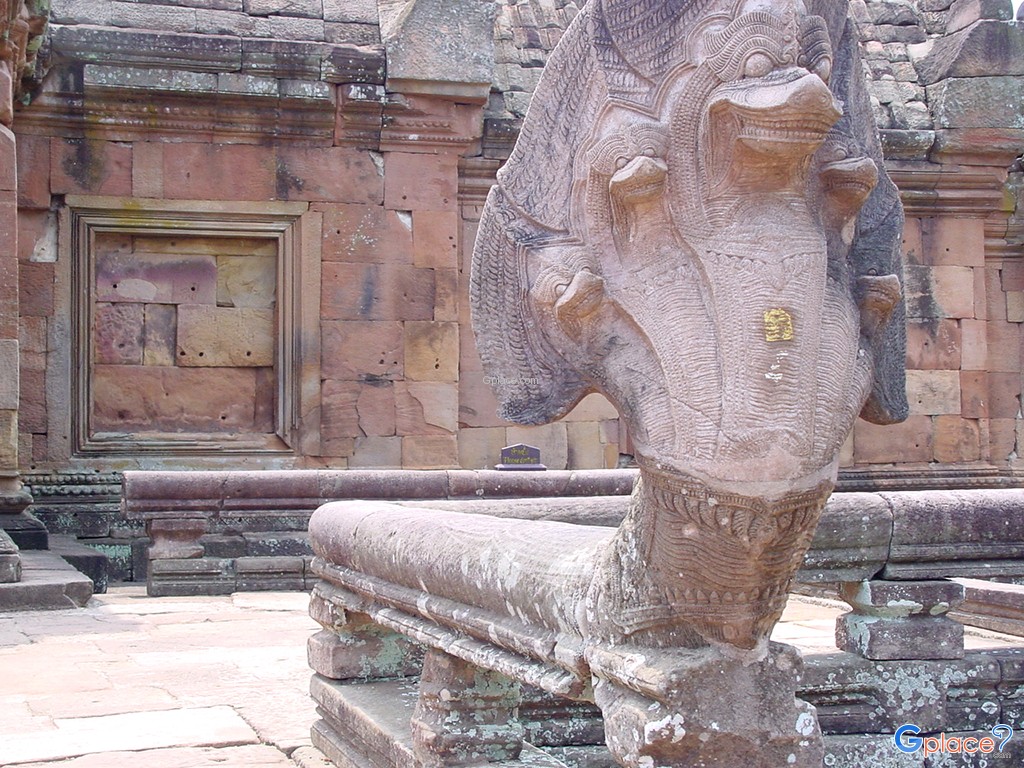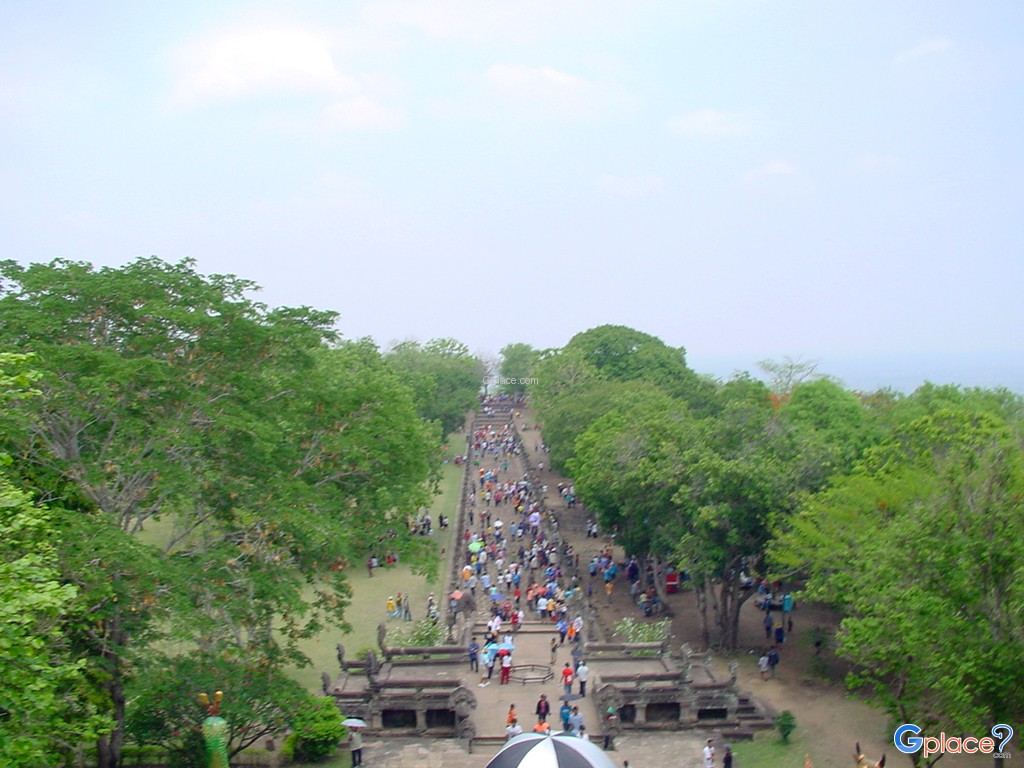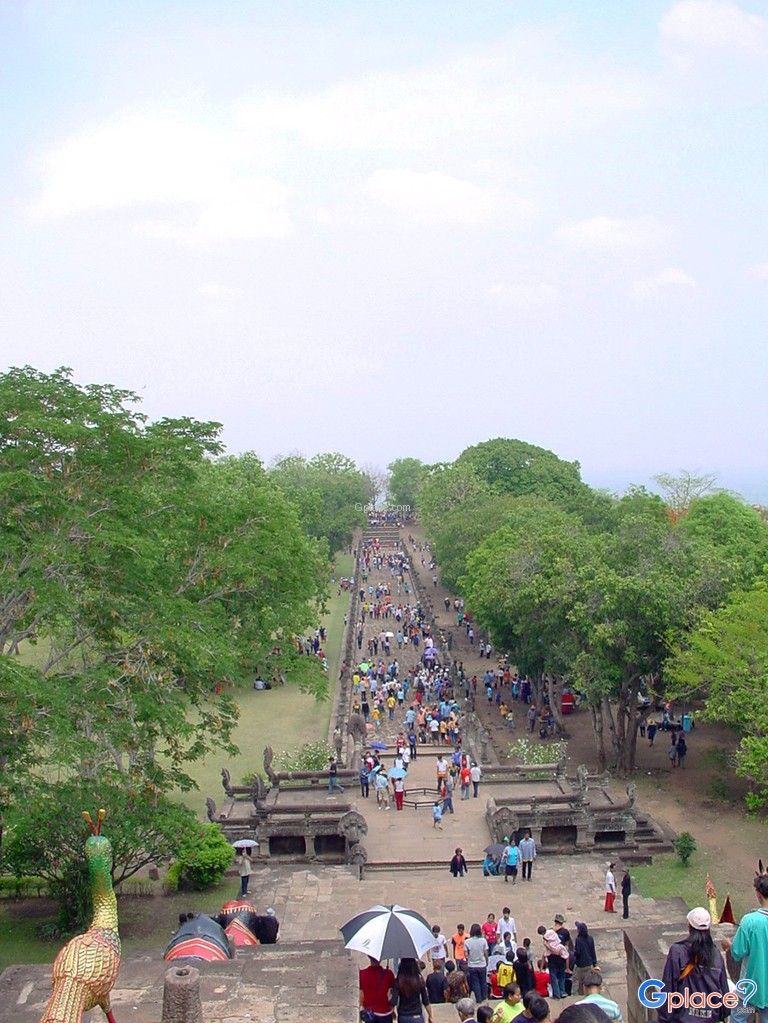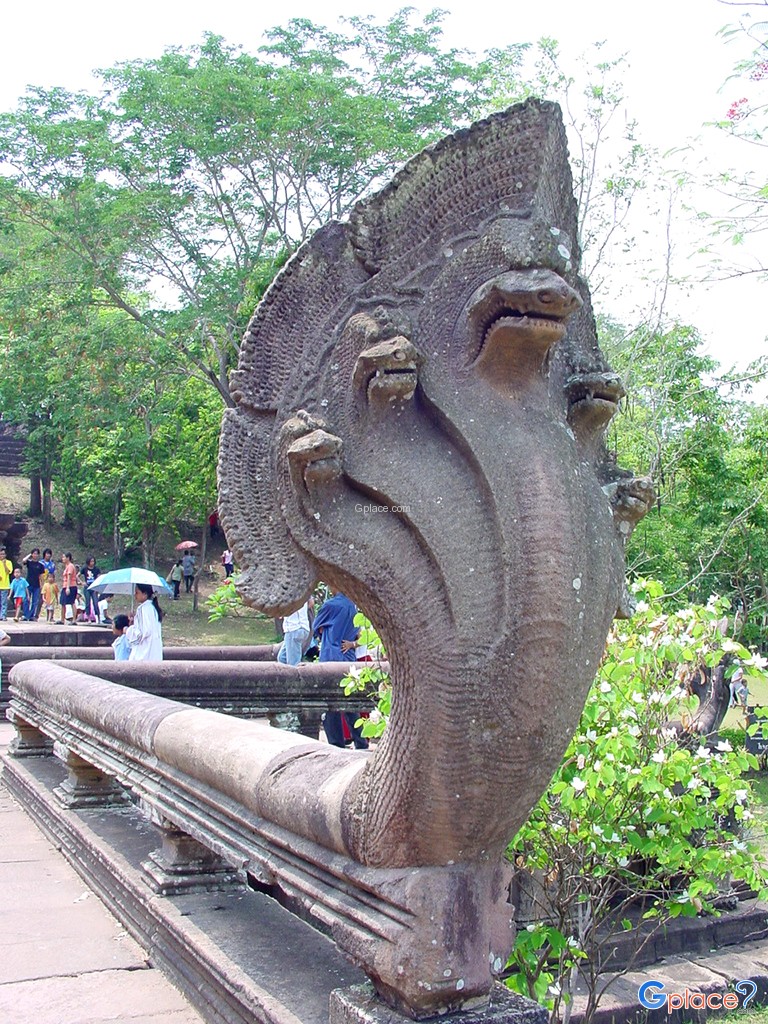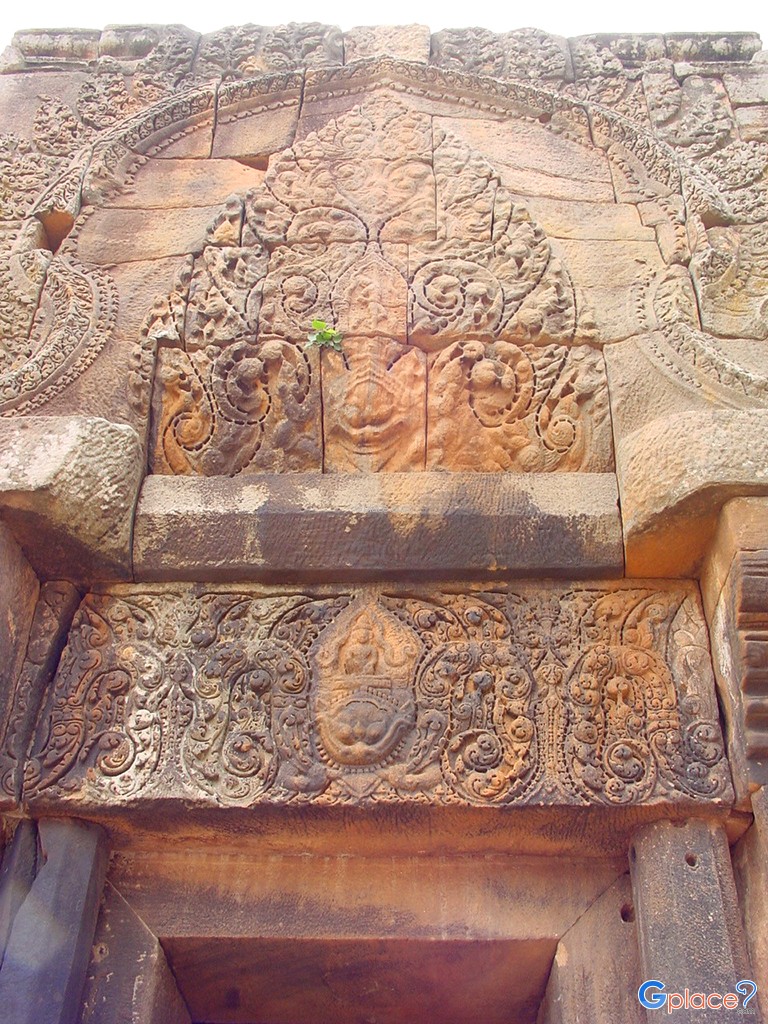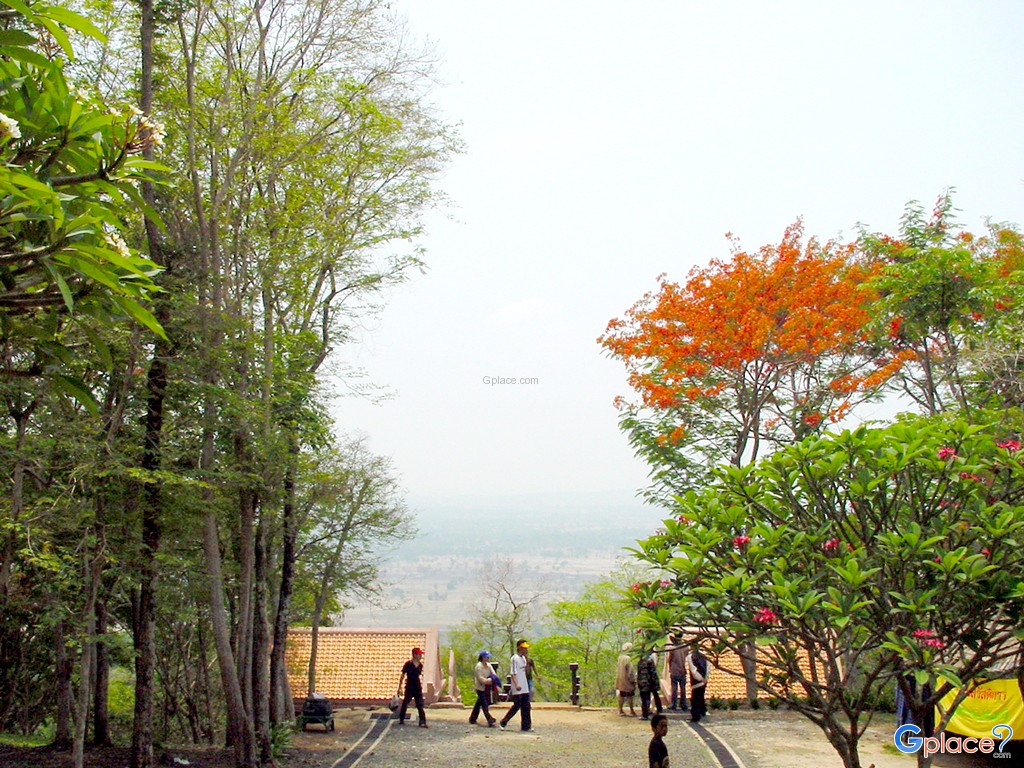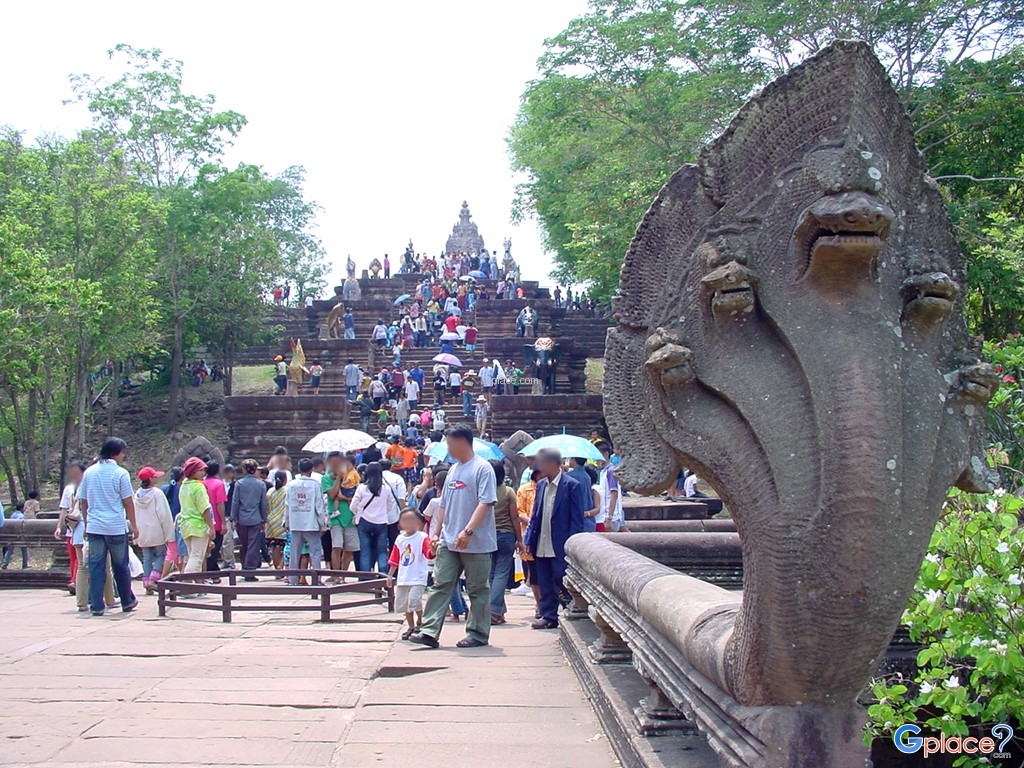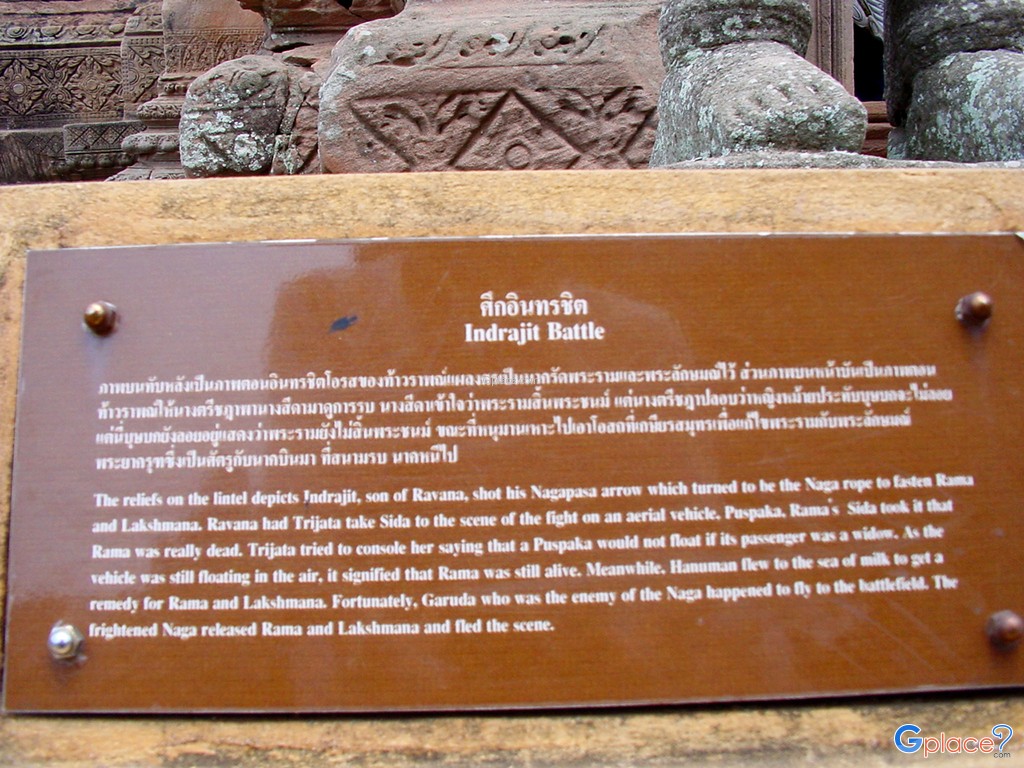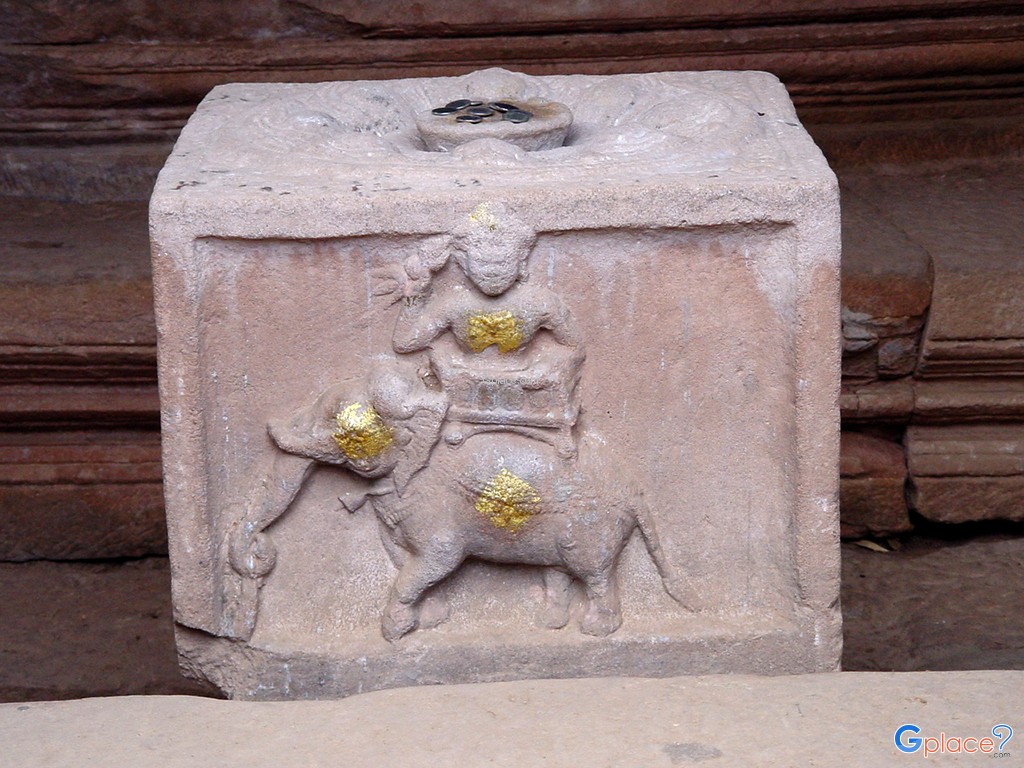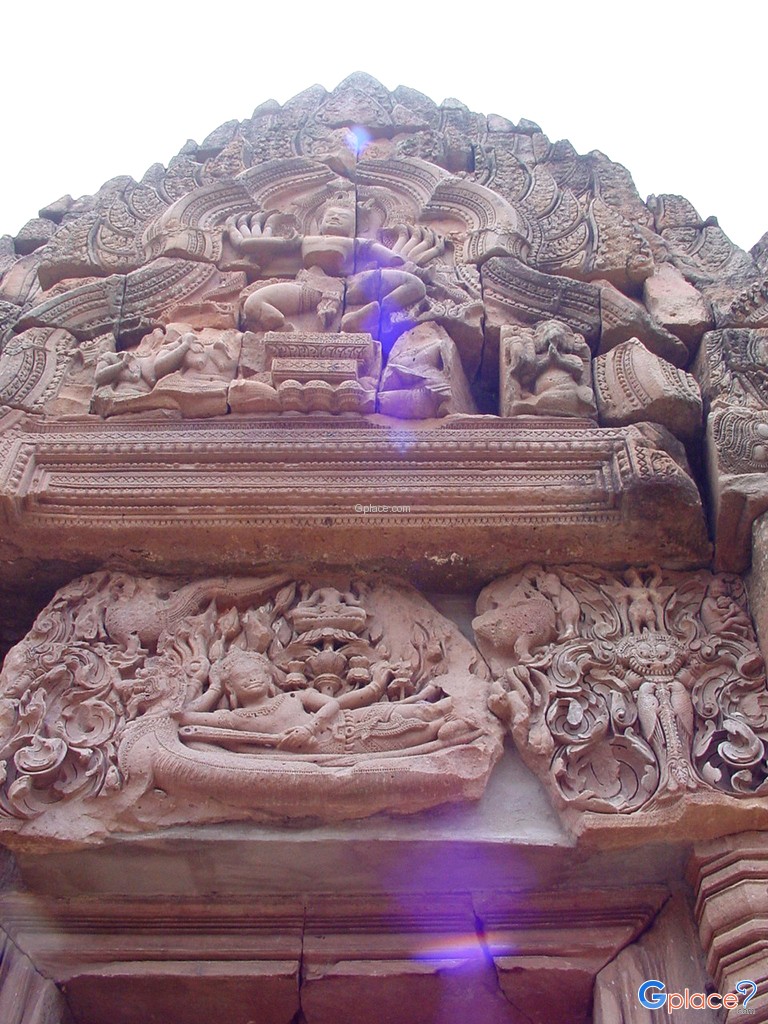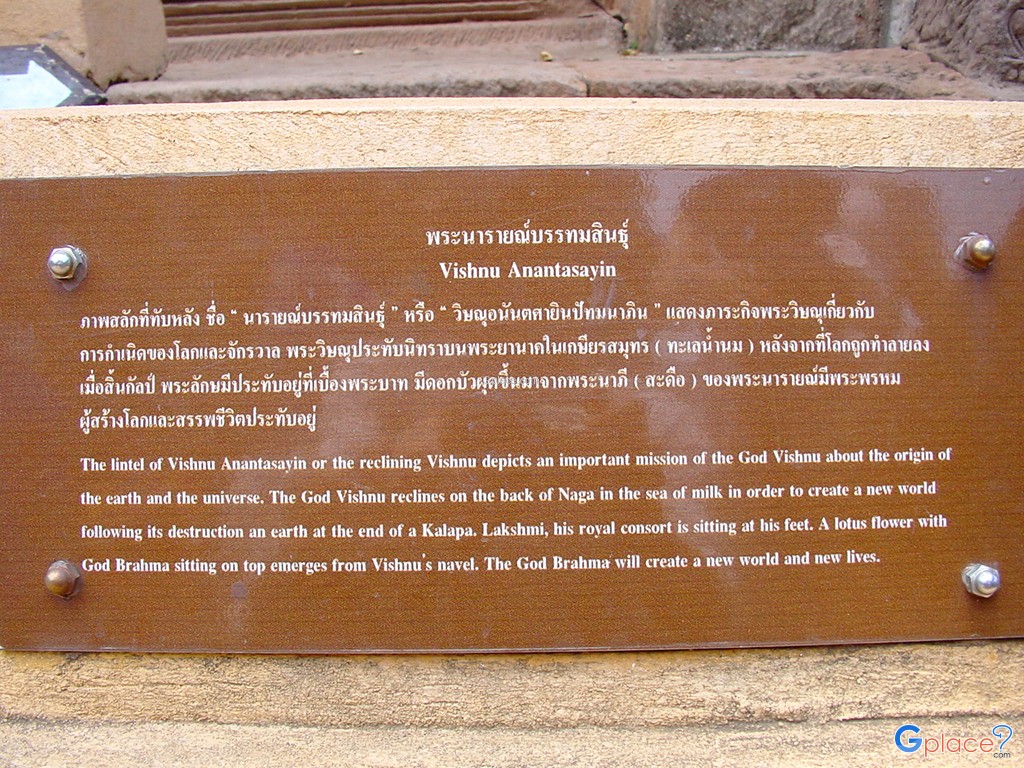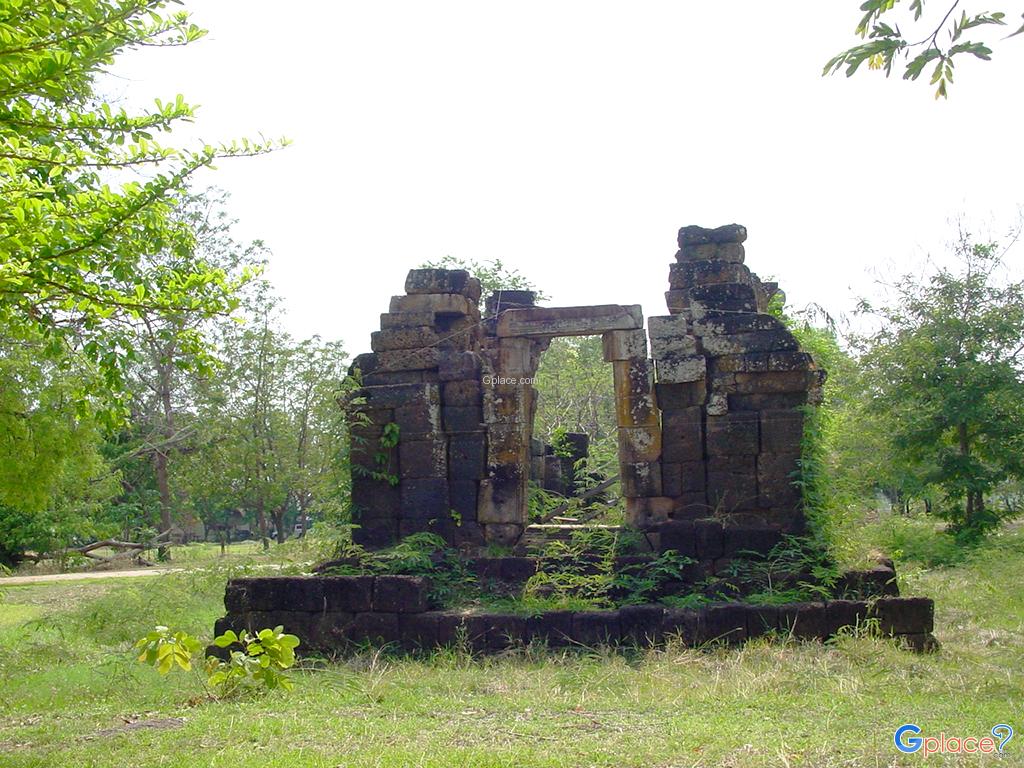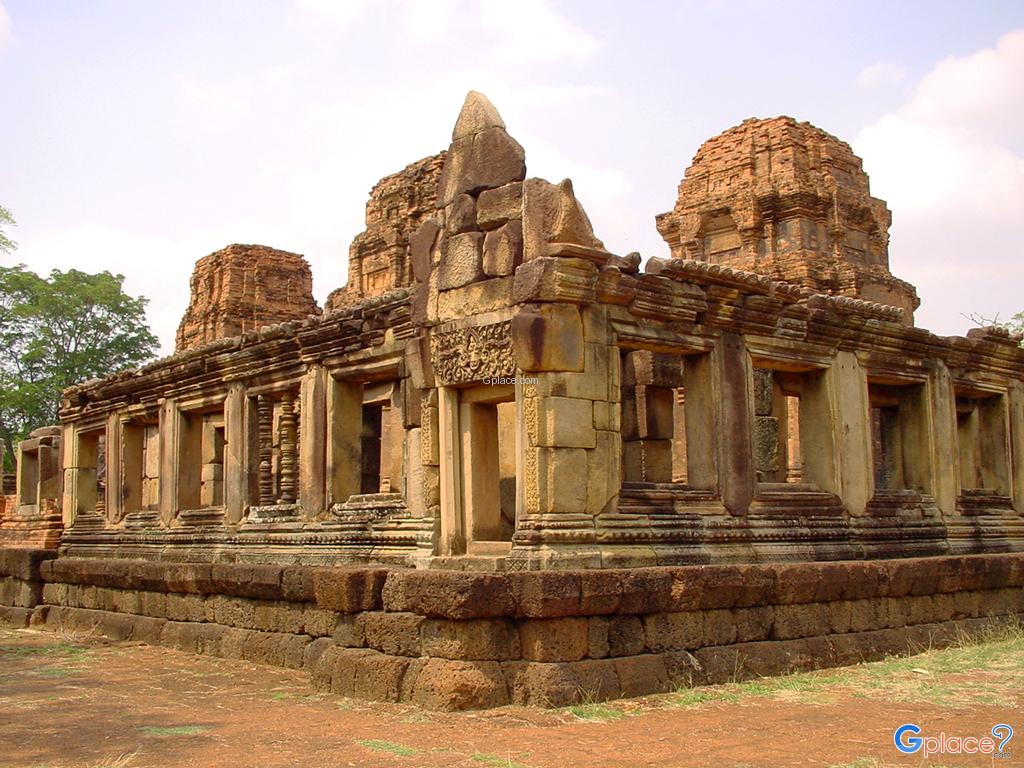“”
Phanom Rung Historical Park is a grand and majestic Khmer site over a thousand years old. Built on an extinct volcano, it was originally a Hindu religious site but was later transformed into a Buddhist one. During the 10th-13th century, several additions were made.
The first thing visitors see when they arrive at the site is the grand stairway from the foot of the hill up to the top. Most of the buildings of the sanctuary were made of laterite and sandstone, all with elaborate designs. The buildings are lined all the way to the main pagoda. This layout is according to Hindu belief of the layout of the heaven of the god Shiva.The main pagoda is a large one with a square base and facing east. The designs on the pagoda, columns, doorway, and lintels are exquisite, most telling a story of gods in Hinduism. From these designs and the architecture, it was surmised that the pagoda, the stairway and the Naga bridge were built during the 12th century. Each building has descriptive designs telling people the purpose for its construction, its usefulness and the beliefs of ancient people.
Phanom Rung is open daily from 06.00-18.00 hrs.
Getting to Phanom Rung by car is easy. The sanctuary is 64 kilometres to the south of Buri Ram town. There are 2 ways to get there. Visitors can proceed from Nang Rong to Prakhon Chai (Highway No. 24) and upon reaching Ban Tako, there is a 12-kilometer road to Phanom Rung. Alternatively, if visitors proceed from Prakhon Chai, there is a road from there to the sanctuary with a distance of 21 kilometres. This route passes a branch road into Muang Tam sanctuary. Visitors can rent air-conditioned vans in town.
Visitors traveling by bus from Nakhon Ratchasima can take the Nakhon Ratchasima-Surin bus and get off at Ban Tako (124 kilometres from Nakhon Ratchasima). From Ban Tako, a motorcycle service is available to take visitors to the site (fare according to agreement). There is 1 accommodation near the site.
All reviews
(List 2 review)รีวิวเมื่อ 30 พ.ค. 55
The reliefs on the lintel depicts Indrajit, son of Ravana, shot his Nagapasa arrow which turn to be the Naga rope to fasten Rama and Lakshmana. Ravana had Trijata take Sida to the scene of the fight on an aerial vehicle. Puspaka, Rama's Sida took it that Rama was really dead. Trijata tried to console her saying that a Puspaka would not float if its passenger was a widow. As the vehicle was still floating in the air, it signified that Rama was still alive. Meanwhile, Hanuman flew to the sea of milk to get a remedy for Rama and Lakshmana. Fortunately, Garuda who was the enemy of the Naga happened to fly to the battlefield. The frightened Naga released Rama and Lakshmana and fled the scene.
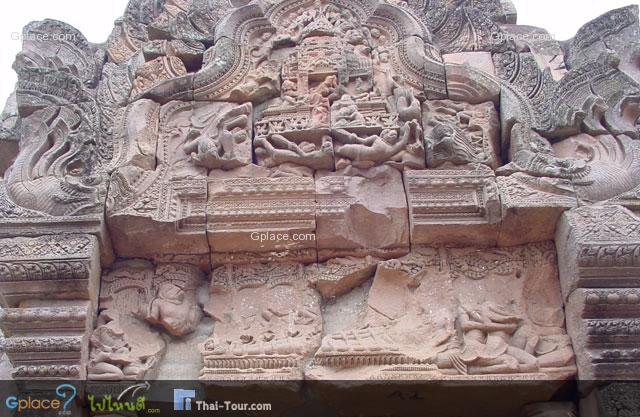
รีวิวเมื่อ 3 พ.ย. 53
The lintel of Vishnu Anantasayin or the reclining Vishnu depicts an important mission of the God Vishnu about the origin of the earth and the universe. The God Vishnu reclines on the back of Naga in the sea of milk in order to create a new world following its destruction an earth at the end of a Kalapa. Lakshmi, his royal consort is sitting at his feet. A lotus flower with God Brahma sitting on top emerges from Vishnu's navel. The God Brahma will create a new world and new lives.
